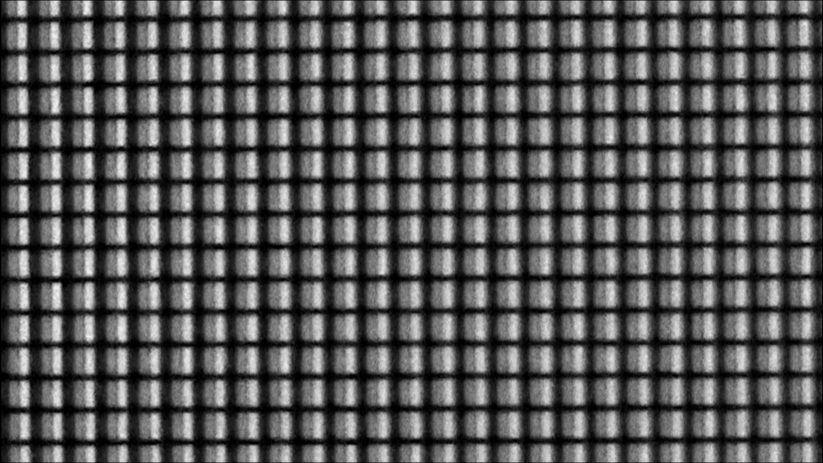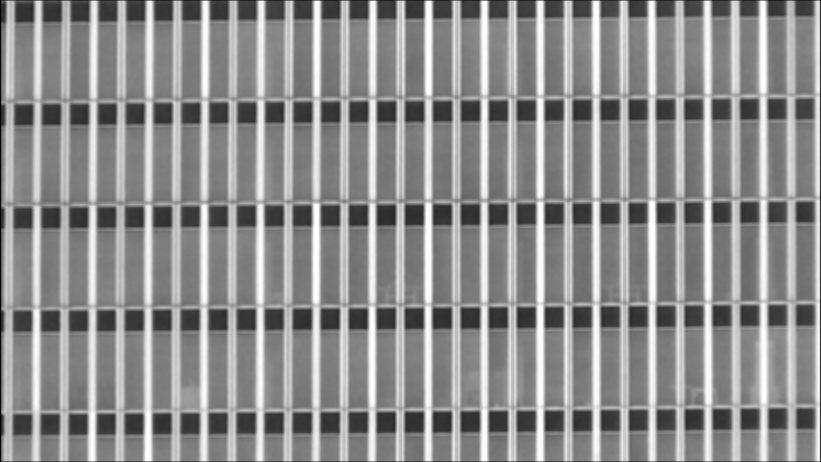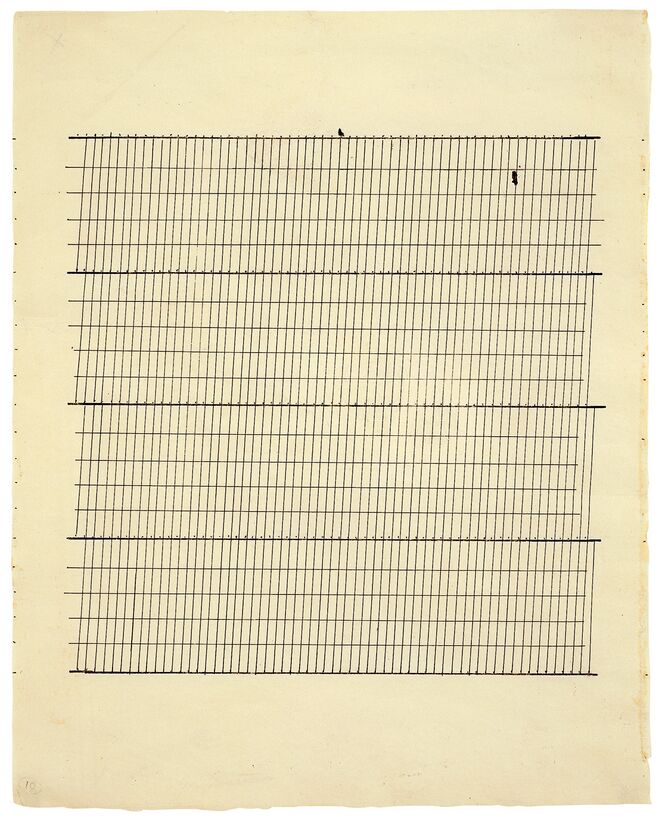Claudio's Thesis - QUICKNOTES: Difference between revisions
No edit summary |
No edit summary |
||
| Line 1: | Line 1: | ||
Episodes parts scenes (sketches) speculative | |||
1 Closeups of empty/blank/lost eyes of greek sculptures. Filmed in 16mm, slowed down, high contrast. The shape of the eyes gradually forms on the screen, is lost and found continuously. | |||
Text on screen about: how eyes were made in sculptures (mostly as inlays made of precious materials or painted on stone, very detailed, accurately, realistically) and how they decayed and they are now lost; facts about the current state of technologies of creating so-called bionic eyes - nano-sensors to be implanted inside the eye to (partially) recover vision of blind people. | |||
Small objects, made of rare materials - both technologies - obsession for the eye/vision - both implants, both related to a loss of vision - both creating a sense of vision - of seeing, of being seen (too) - related to loss of vision and to failure - these researches are still failing - the Nanoretina model - the most successful so far -only provides black and white pixelated impression of light and darkness - an abstracted experience of the world through light and darkness. A quest for seeing, of making eyes, while the viewers is drawn to look for and “make” the eyes on screen, actively engaging their own vision. | |||
other possible thread: threats to vision by screens and modern lifestyle - rise in myopia and vision loss - bc of staring too close to things, not being in nature … (maybe misleading) | |||
2 A compilation of footage from 4 webcams on beaches in South Holland. These webcams perform automatic Pan-Tilt-Zoom movements, according to an internal algorithm. They move automatically and unpredictably, scanning the beach, sea, horizon, zooming in and out, and the feeling they provide is of a constant quest for something, that is always bound to fail. Reminds me vaguely of works by Michael snow (Wavelength, La Region Centrale), but in lo-fi, internet-culture manner. Footage is taken on the 22nd of December 2023, the winter solstice, the shortest day of the year, the day in which the amount of sunlight is lowest. 2 hours compilation - 1 hour at sunrise, 1 hour at sunset - transition from full darkness to daylight, and back. The edit jumps from one to another webcams along the 1 hour timeframe. Beaches are empty. Transition from seeing almost nothing, to seeing everything in full sunlight - but what is this everything, what are these cameras looking for? Long shots, slow movements, contemplative mood, a quest for what? What are these cameras looking for? What are you - staring at these cameras - looking for? Also, the staging of a process of making - and unmaking - of an image. Through natural sunlight, through a camera sensor, on a screen. (Extra element to explore : to relieve eye strain they suggest to look out to open spaces/horizons …) | |||
3 A word - LOST, as found and screenshot by chance as part of a title of an article I was about to read on my computer, same font, same typography - is blown up on a large LCD screen. The screen is filmed by a handheld camera which moves in front of it, scanning the letters and the surface of the screen, losing its object, losing itself in this. A short video loop. With an equally short music loop. A sense of loss is evoked, literally and lyrically. That resonates with the other parts of the work. Loss of vision, lost eyes, lost at sea, lost in screens, pixels. | |||
2 and 3 could be merged into one single scene. Scanning movements, losing your eyes in the sea/in the pixels, the sea/horizon as a screen (appearing/disappearing) | |||
4 Abstract imagery - probably resulting from various material/technical/structural experiment in testing the possibilities of image making by staging extreme interaction/interference of cameras, screens, light - is scanned by artificial intelligence application for visually impaired people that provide description of images. One of these apps often uses the formulas “I am not sure but this might be …” “I have doubts but…”. Working on the failure of images as well as the failure of making meaning out of images.e Guessing what is seen is what our eyes constantly do (blind spots…). Doubting about images, making their content up. | |||
Attempts at seeing, Quest for seeing. And to make sense of something while seeing. Losing/Failing vision and attempting to see. | |||
28/11/2023 | 28/11/2023 | ||
Revision as of 18:07, 6 December 2023
Episodes parts scenes (sketches) speculative
1 Closeups of empty/blank/lost eyes of greek sculptures. Filmed in 16mm, slowed down, high contrast. The shape of the eyes gradually forms on the screen, is lost and found continuously.
Text on screen about: how eyes were made in sculptures (mostly as inlays made of precious materials or painted on stone, very detailed, accurately, realistically) and how they decayed and they are now lost; facts about the current state of technologies of creating so-called bionic eyes - nano-sensors to be implanted inside the eye to (partially) recover vision of blind people.
Small objects, made of rare materials - both technologies - obsession for the eye/vision - both implants, both related to a loss of vision - both creating a sense of vision - of seeing, of being seen (too) - related to loss of vision and to failure - these researches are still failing - the Nanoretina model - the most successful so far -only provides black and white pixelated impression of light and darkness - an abstracted experience of the world through light and darkness. A quest for seeing, of making eyes, while the viewers is drawn to look for and “make” the eyes on screen, actively engaging their own vision.
other possible thread: threats to vision by screens and modern lifestyle - rise in myopia and vision loss - bc of staring too close to things, not being in nature … (maybe misleading)
2 A compilation of footage from 4 webcams on beaches in South Holland. These webcams perform automatic Pan-Tilt-Zoom movements, according to an internal algorithm. They move automatically and unpredictably, scanning the beach, sea, horizon, zooming in and out, and the feeling they provide is of a constant quest for something, that is always bound to fail. Reminds me vaguely of works by Michael snow (Wavelength, La Region Centrale), but in lo-fi, internet-culture manner. Footage is taken on the 22nd of December 2023, the winter solstice, the shortest day of the year, the day in which the amount of sunlight is lowest. 2 hours compilation - 1 hour at sunrise, 1 hour at sunset - transition from full darkness to daylight, and back. The edit jumps from one to another webcams along the 1 hour timeframe. Beaches are empty. Transition from seeing almost nothing, to seeing everything in full sunlight - but what is this everything, what are these cameras looking for? Long shots, slow movements, contemplative mood, a quest for what? What are these cameras looking for? What are you - staring at these cameras - looking for? Also, the staging of a process of making - and unmaking - of an image. Through natural sunlight, through a camera sensor, on a screen. (Extra element to explore : to relieve eye strain they suggest to look out to open spaces/horizons …)
3 A word - LOST, as found and screenshot by chance as part of a title of an article I was about to read on my computer, same font, same typography - is blown up on a large LCD screen. The screen is filmed by a handheld camera which moves in front of it, scanning the letters and the surface of the screen, losing its object, losing itself in this. A short video loop. With an equally short music loop. A sense of loss is evoked, literally and lyrically. That resonates with the other parts of the work. Loss of vision, lost eyes, lost at sea, lost in screens, pixels.
2 and 3 could be merged into one single scene. Scanning movements, losing your eyes in the sea/in the pixels, the sea/horizon as a screen (appearing/disappearing)
4 Abstract imagery - probably resulting from various material/technical/structural experiment in testing the possibilities of image making by staging extreme interaction/interference of cameras, screens, light - is scanned by artificial intelligence application for visually impaired people that provide description of images. One of these apps often uses the formulas “I am not sure but this might be …” “I have doubts but…”. Working on the failure of images as well as the failure of making meaning out of images.e Guessing what is seen is what our eyes constantly do (blind spots…). Doubting about images, making their content up.
Attempts at seeing, Quest for seeing. And to make sense of something while seeing. Losing/Failing vision and attempting to see.
28/11/2023
---
tonight, i was trying to film the screen with a more advanced camera, that i rented at the rental station at wdka.
i was trying out different settings - shutter speed, focal length, focus - to get the best, most clear image of the screen's grid structure.
lights were on in the room, long led tubes, whiteblueish light.
i started filming the screen, once again. in the camera's electronic viewfinder I see something strange happening. apparently random flashes of reddish/orangeish light appear on the screen I was trying to film. the camera is still, the screen is still too, but i see this light moving, flashing, dancing
i keep filming. it must be some sort of weird interference between the screen's led structure, the room's lightning system, the camera's sensor.
I go back to my studio desk, willing to see the result. I open the file, no trace of that light, juts the plain, white, griddy surface of the screen. that lght i saw while filming was gone, didnt see it anymore. is this what I'm interested in?
(tbc...)
-----
am i losing myself in a rabbithole of self referential formalistic shit without any interest for others? am i just staying on the surface of things and not really trying to go beyond the formalistic refelection on images? this is what david is warning me about
should i try to get out? how can i do that?
he said that the more interesting parts are the blind spot and the idea of failure of images. work more on that? on what they actually mean?
24/11/2023
there s something with the surface+
its observation/exploration/scanning and its rupture/deformation/alteration/profanation
profanation of the dispositif (Agamben, always comes back)
interventions on the surface
ideas for final output?
a 16 mm film - screened as a analog projection loop - made as a compilation of short sketches - in between: short still fragmented texts that loosely relate to the images and partially elaborate on the topics involved
use 16mm print stock film - very high contrast, I feel it very much suits the premises of my project - and cheaper
[Steve suggests: in the piece described above, you are also making the viewer conscious of the experience of viewing the piece, which is encoded with 'burning eyes/eyes burning'. Please consider what this mirroring of words does, EYES WATCHING / WATCHING EYES seems redundant, but for me it suggests a shift from the inside of the film to the outside, between the object (the film) and the viewer, between the semiotics and the affect. the dash / is like a hinge that meaning swings on. By this logic FILMINGWATCHINGBURNING could be FILMINGWATCHINGBURNING/BURNINGWATCHINGFILMING. The material and the experience of the material feedback. This is consistent with your desire to work on the border between blindness and sight; visibility and invisibility.]
1 - THAT DASH SLASH / IS THE EDGE, THE TRESHOLD. ALL MY PROJECT IS MOVING ON THAT EDGE, ITS AN EXPLORATION OF THE EDGE BETWEEN
REFLECT ON MY USE OF IT, BRING IT OUT AS A METAPHOR/SYMBOL/IMAGE FOR THE SUBJECT OF MY WORK, TO TALK ABOUT MY WORK - ITS THEMES BUT ALSO ITS TOOLS
/ AS SEPARATION BUT ALSO RELATION, CONTRADICTORY/PARADOXICAL VALUE
/ IMPLIES A DOUBLE SIDE, THE POSSIBILITY OF A REVERSAL - I USE SIMILAR FORMAL DEVICES - THE INVERT EFFECT (FLIP IMAGES ON SCREEN AND POSITIVE/NEGATIVE REVERSAL OF AN IMAGE)
2 - Aitana also pointed out a certain redundancy in the stuff i showed in mentor group.
I feel it's actually a strategy that I am trying to develop. what does that mean? how can I use it effectively/intentionally?
is redundancy the right word? maybe repetition/layering?
(for part 3 / concepts)
other devices i use
slowing down almost to still frames / speeding up footage to a flickering flashing deconstructed perception of footage, altering the time images are given on screen
23/11/23
slowed down Louvre statues (excerpt) https://youtu.be/FfkTtrCsTFQ
make a 2 min piece of
shot:statue
countershot: balck dot on white background
shot: statue (opposite direction)
countershot: again black dot on white backgroud
loop
(an LCD screen filmed very very close)
(De Rotterdam's façade filmed form the Erasmus bridge)
sketch 1 https://youtu.be/ac1rEIsvwpA
sketch 2 https://youtu.be/IVagyN1DFVs
(Agnes Martin, Wood I, 1963 Watercolor and graphite on paper, 15 x 15 1/2 inches (38.1 x 39.4 cm))
(Agnes Martin, Aspiration, 1960 Ink on paper, 11 3/4 x 9 3/8 inches (29.8 x 23.8 cm) )
a refusal to make a fetish of the final “work” - to operate almost exclusively on the level of the sketch. - what is the value of this stance as an artist?
thinking about self imposed limitations to my practice
black and white only
16mm (limitations in shooting and editing)
when digital editing - keep it simple - 4 tracks + effects - aka not make things that would not be possible to make in analog editing
1 channel only? or can you make split screen in 16 mm?
sound? - no input mixer feedback loops




